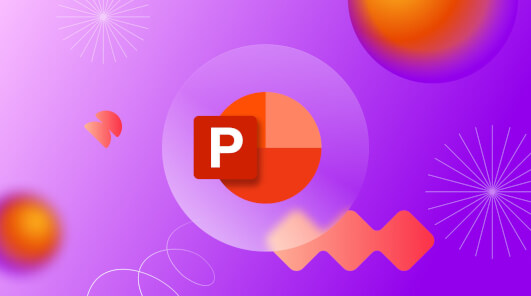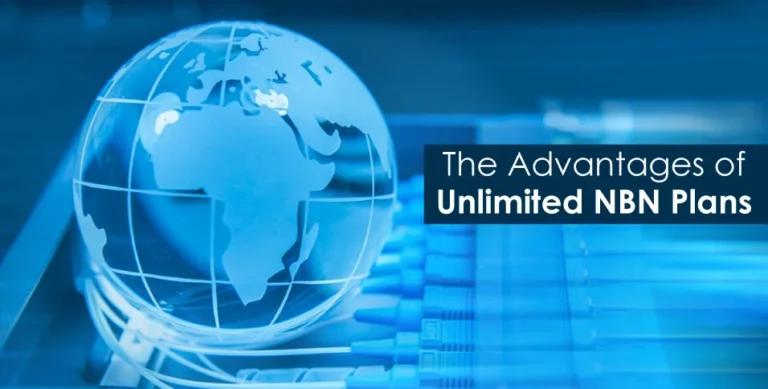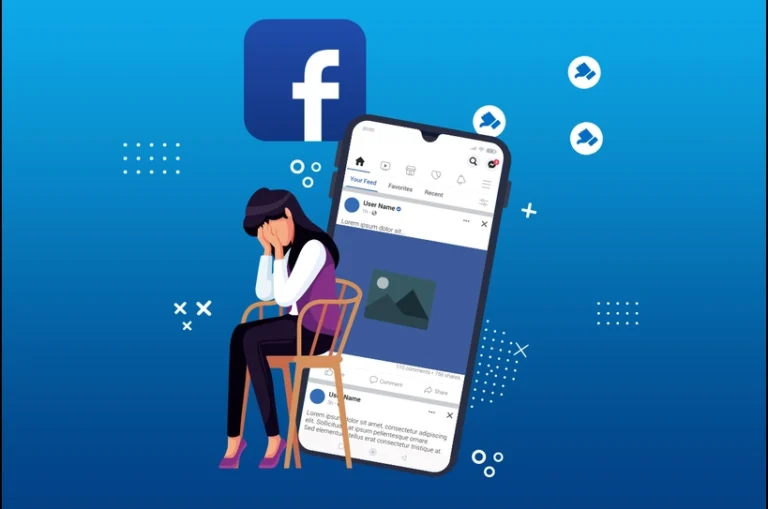Maximizing the Potential of AI Translators for Precise PPT Translation
The smooth translation of text between languages is extremely important in today’s globalized environment. PowerPoint presentations, which are widely used in both commercial and educational settings, often require translation in order to reach a wider audience. While conventional translation tools have long been helpful in this area, the advent of artificial intelligence (AI) translators has ushered in a new era by providing unmatched speed and efficacy. This article explores the benefits of using AI and traditional translators and explains how to use AI translators to translate PowerPoint documents accurately, possibly in conjunction with AI writing tools.
Conventional Translation Tools vs. AI Translators
For many years, the foundation of translation efforts has been provided by traditional translation resources, such as bilingual dictionaries and rule-based translation software. They offer a methodical translation process that makes use of lists of vocabulary words and predetermined grammatical standards. Although they are skilled at translating fundamental texts, they frequently struggle with subtleties and context, which leads to translations that, although grammatically correct, might not accurately convey the original meaning.
On the other hand, machine learning techniques are used by AI translators to process and translate text. By using knowledge from large multilingual text corpora, they are able to understand context and colloquial language, resulting in translations that are more accurate and genuine. In addition, AI translators are very good at processing large amounts of material quickly, which makes them perfect for translating long documents such as PowerPoint presentations.
Harnessing AI Translators for PPT Translation
Follow these guidelines to guarantee correct PPT translation while utilizing an AI translator:
1. Select a Trustworthy AI Interpreter: Select an AI translator that is well-known for being accurate in the particular language pair you are working with. Well-known programs like Microsoft Translator, DeepL, and Google Translate are common choices.
2. Extract Text from PPT: Take out all of the text from your PowerPoint presentations before translating them. This can be done by hand or with the use of a technology that makes batch text extraction easier.
3. Interpret the Text: Enter the text that was extracted into the AI translator. You might be able to upload the PowerPoint file straight for translation if the tool allows document translation.
4. Review and Improve: Admit that AI translations are not perfect. Check the translated text carefully for accuracy.
Elevating Translation with AI Writing
Consider combining AI authoring tools with AI translators for a more sophisticated translation. AI writing tools have the ability to improve the translated text’s readability and engagement. In order to better connect with the intended audience, they can suggest synonyms, reword words for clarity, and even change the tone.
In Conclusion
Artificial intelligence translators are incredibly accurate and fast in comparison to conventional translation methods. You can make sure that your PPT translation is accurate, appealing, and sensitive to cultural differences by carefully choosing an AI translator and integrating it with an AI authoring tool. To guarantee flawless translation quality and efficiency, make sure to incorporate human behavior adjustment and polishing even with AI.







